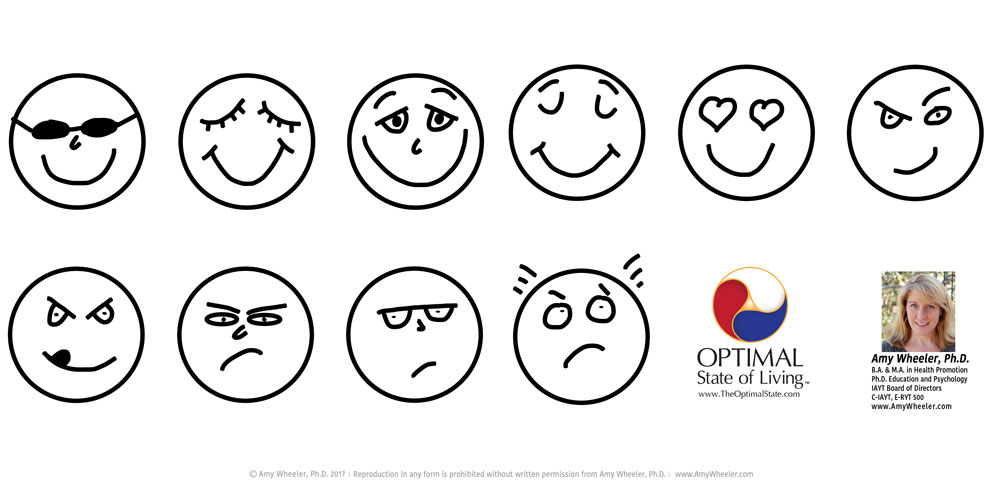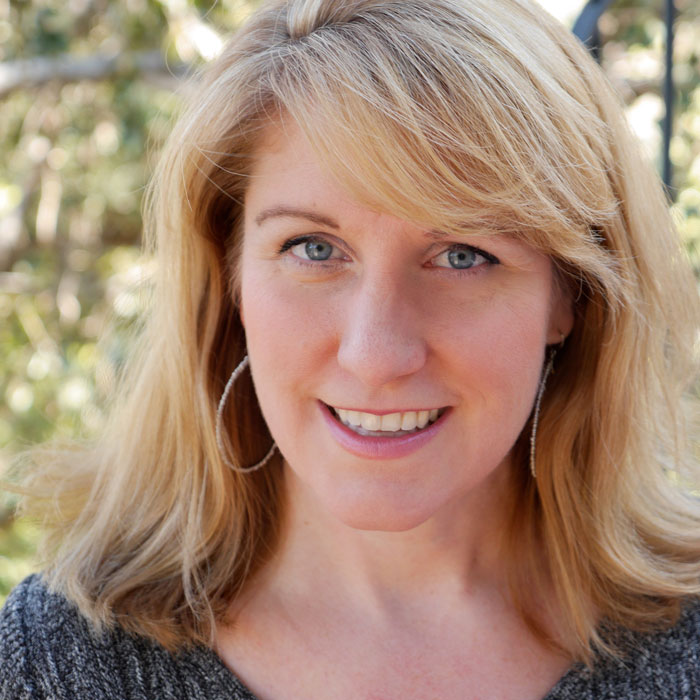Off the Mat: Amy Wheeler, yoga therapist

Amy Wheeler, founder of the Healing Yoga Institute, is training the next generation of yoga teachers and therapists. Born in Waverly, Iowa, Wheeler received her bachelor’s and master’s degrees in health promotion from the University of Northern Iowa —
where she also competed in track and field — before earning her Ph.D. in education psychology. She has travelled the world as a sports psychologist and accrued yoga certifications in India, Europe and the U.S.

Now based in Southern California, she combines yoga tradition with modern psychology to provide therapy to top-tier athletes and patients battling cancer, chronic pain, high-blood pressure and mental illness. Her instructional materials for teaching yoga to children have been accessed online by teachers and parents around the world.
When did you start practicing yoga?
The first time I did yoga I just had a video of Jane Fonda I’d watch in my bedroom; that was back in the ’90s. The first time I went to a yoga class I had moved to California. I was trying to drive and turn my head to look at traffic and my neck was so tight. I went to a class and thought this could help my neck pain, but I was so bored — I was an athlete and the breathing and posing exercises felt so slow. But later I got to a point where I was so stressed out and I thought, ‘let’s go back to yoga.’ It’s not just about physical well-being but mental and emotional well-being as well.
What prompted you to start integrating yoga into your psychology practice?
When I started learning about yoga philosophy I realized it all came down to basically stress management. These yoga texts have been around 2,000 years, way before psychology got on the scene. For thousands of years people were using breathing techniques, meditation and exercise to balance stress. That’s really what turned me on to it. Everything I see in psychology I can see the roots of it in yoga. It doesn’t have to be spiritual. It can be — but you can look at it in a secular way and that’s how we use it in schools.
What separates your work from that of typical yoga teachers?
I feel like 95 percent of yoga teachers are [leading workout classes] and there are only 5 percent doing therapy. Because I’ve spent so much time on psychology and healing, I feel it’s my life purpose to do what only 5 percent can do — use yoga to relieve depression, heal wounds, treat trauma — that’s where I need to spend more time and energy.
A yoga teacher usually needs 200 hours of training, but to be a yoga therapist you need 1,000 hours minimum. It involves some serious biomedical knowledge [and] you also have do a clinical internship and be supervised by someone in the field. I have a ton of nursing students and psychology students that take yoga with me every quarter, and are on the path of becoming a yoga therapist in addition to their academic degree.
You’ve trained scores of elite athletes, from the Los Angeles Lakers to Olympic teams. How does your yoga instruction fit into their training?
The athletes already have so much physical training. What they really need is more confidence, less anxiety and more motivation to get rid of self-doubt. It turns into mental training for athletes — we often never even do a yoga posture. We do a lot of breathing, meditation and visualization.
What do you have them visualize?
Everything that you manifest in your life starts in your mind’s eye. You conceive of it and eventually you start taking action in that direction, but it all starts with intention. If you go up to the free-throw line thinking you’re going to miss it, that everyone’s going to be mad at you, you have an intention to miss. If you walk up thinking ‘I’ve got this; I’ve done it 100 times before and can see the ball swooshing through the net,’ that is an intention and, with practice, manifests into you being a much better free-throw shooter. Don’t let fear and negativity set your intention for you.
How is this therapy modified when treating patients?
It’s really not that different. Whether you’re looking to achieve something like a free throw or golf putt, or to imagine the cancer cells in your body being chewed away by Pac-Man, or, as a diabetic, to imagine your liver functioning better, healing your body is really using all the same techniques you use in athletics.
A huge part of the psychology community are starting to understand how [mental illness] is not all in your head, it’s actually cellular, and all the talk therapy in the world may not help people. You have to change the way the body and the mind are connected. That can be with breathing, posture, visualizations, exercise, better eating … You have to think, ‘I’m going to do everything in my power to get better.’
Looking at your emotional assessment charts (which allow kids to identify and communicate their negative moods so adults can tailor yogic exercises that guide them to feelings of contentment and focus), your teachings make complex concepts rather simple.
For 15 years I’ve worked with kids on the autism spectrum, with ADHD, anxiety, trauma, lack of self-confidence. This material helps kids develop emotional intelligence and helps teachers know where they are so they can interact properly.
Our work was used in a 12-week inpatient program at the Colorado Children’s Hospital with young women ages 8 to 12 who do self-harming, such as cutting. Their parents have put them in the hospital to try and learn how to become more aware of their emotions … They’re telling us the results are amazing. Not only are the girls learning more about their own triggers, but all their families are noticing such an improvement they wonder where can they get the charts and training to have in their home.
It’s taken 2,000 years of material and made it very simple. I personally think this is the future of psychology.
Visit AmyWheeler.com to learn more about Wheeler’s work and sign up for online courses. This article was originally published in YogaIowa’s Fall 2017 issue.


